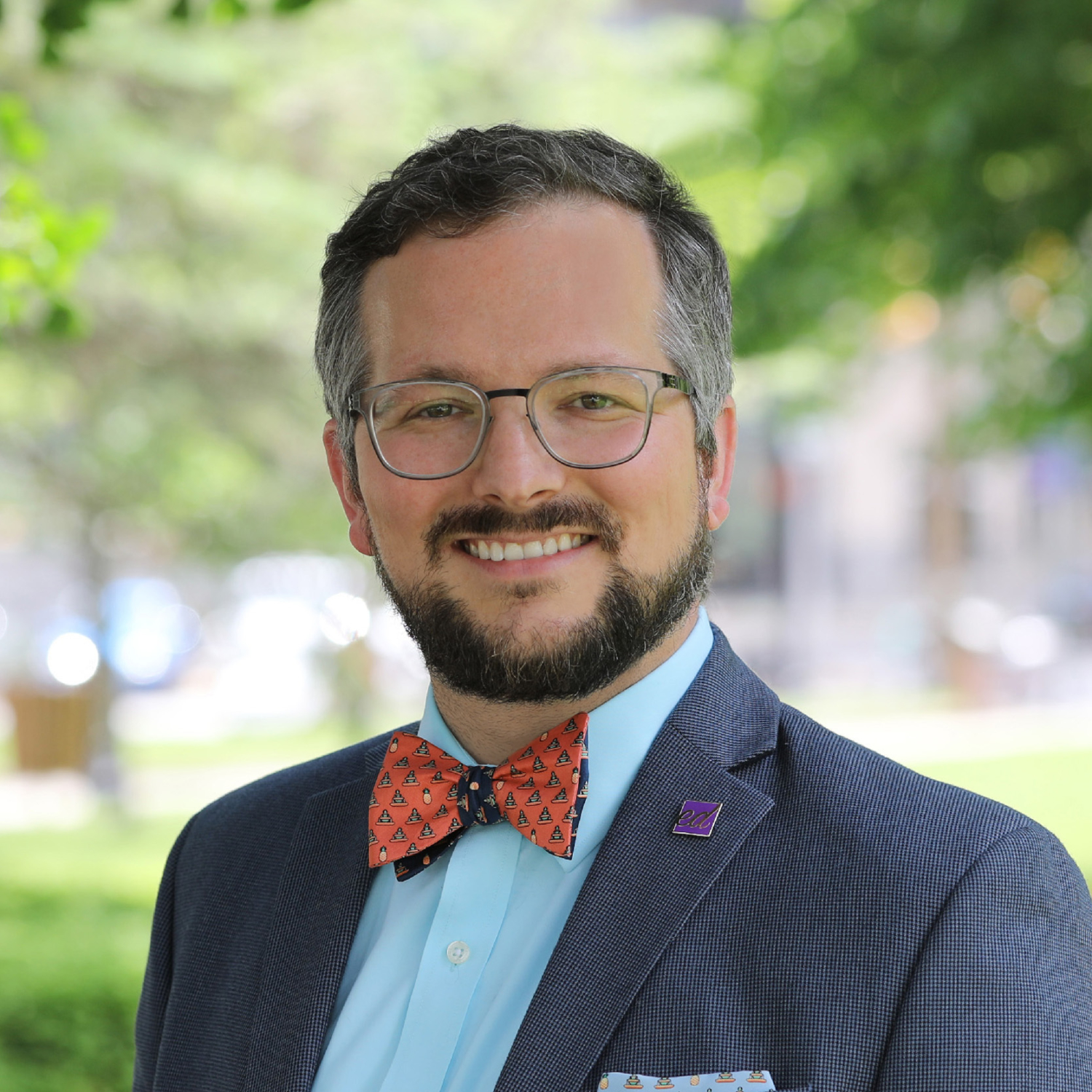I started working on a new survey project a little over a year ago—a national, cross-sector survey of parents on K–12 transportation in the United States.
I wanted to know the ways transportation influences parents’ decisions regarding where to send their child(ren) to school; what parents’ major preferences, challenges and concerns related to school transportation are; and what parents’ experiences are with transportation related to schooling.
The fun part for me: cross-sector comparisons and even making within-sector comparisons between responses from lower-income households (qualified for free or reduced-price lunch) and higher-income households (everyone else). In fact, before the pandemic hit, I was running right up to the finish line making tweaks to a poster containing preliminary results for the Association for Education Finance and Policy’s (AEFP) 45th Annual Conference.
Even though the conference moved to a virtual format (with flawless execution with less than two weeks of planning), I still got some great feedback from conference attendees, which I added to feedback from external reviewers and pressed onward writing up the report draft. Just to give you a taste, here’s what snippet from the introduction as it currently stands:
Despite the increasing frequency of school choice policies that offer students a wider variety of options for attendance, the structure of school transportation systems largely remains the same as it has for decades.1 Adapting school transportation systems for schools of choice—including public schools accessed via inter- and intradistrict transfer, public charter schools, and private schools—can be a costly and logistically complicated endeavor. However, not offering safe and affordable transportation options for students limits their school choice options and perpetuates inequities for students in neighborhoods with low-quality schools.2
Our Communications team made the head-smackingly obvious point that releasing a report about school transportation in the middle of a pandemic that drove pretty much every school in America to virtual learning might be a little tone deaf.
So I put my head together with our VP of Research Paul DiPerna and went back to the drawing board to come up with a follow-up survey to the parents who initially responded in September/October 2019 to find out how COVID-19 affected their outlook on transportation to school.
Although the initial survey had targets for charter and private school parent responses in order to get large enough sample sizes, I saw an opportunity with the new survey to reach even more parents than we did in 2019 with the goal of having a nationally representative sample based on region, race/ethnicity and income.
The results came in just a couple of weeks ago and work is still being done to connect new survey responses with the 2019 respondents for the report. However, it is my pleasure to highlight below some of the findings and charts from the nationally representative sample of parents who replied June 22nd to July 4th this summer.
• As of June/July 2020, a majority of parents (56%) would opt to enroll their child in a setting where all classes would be held in a building, although it varies depending on the parents’ school type. Sixty-one percent of public school parents prefer all classes in the building, compared to charter (43%), religious private (47%), and non-religious private school parents (43%).
• Among parents whose children will attend school in person this fall, nearly two out of five say their child will get to school with a household resident who drives them. Thirty-one percent of public school parents, 23% of charter school parents, 8% of religious private, and 33% of non-religious private school parents would send their children on the school bus.
• Charter school parents, compared to other parents, tend to report higher levels of concern when thinking about their child’s transportation to school. For example, 70% of charter school parents report being moderately or extremely concerned about the school building entrance/exit being virus-free, compared to 63% of public school, 45% of religious private school, and 65% of non-religious private school parents.




